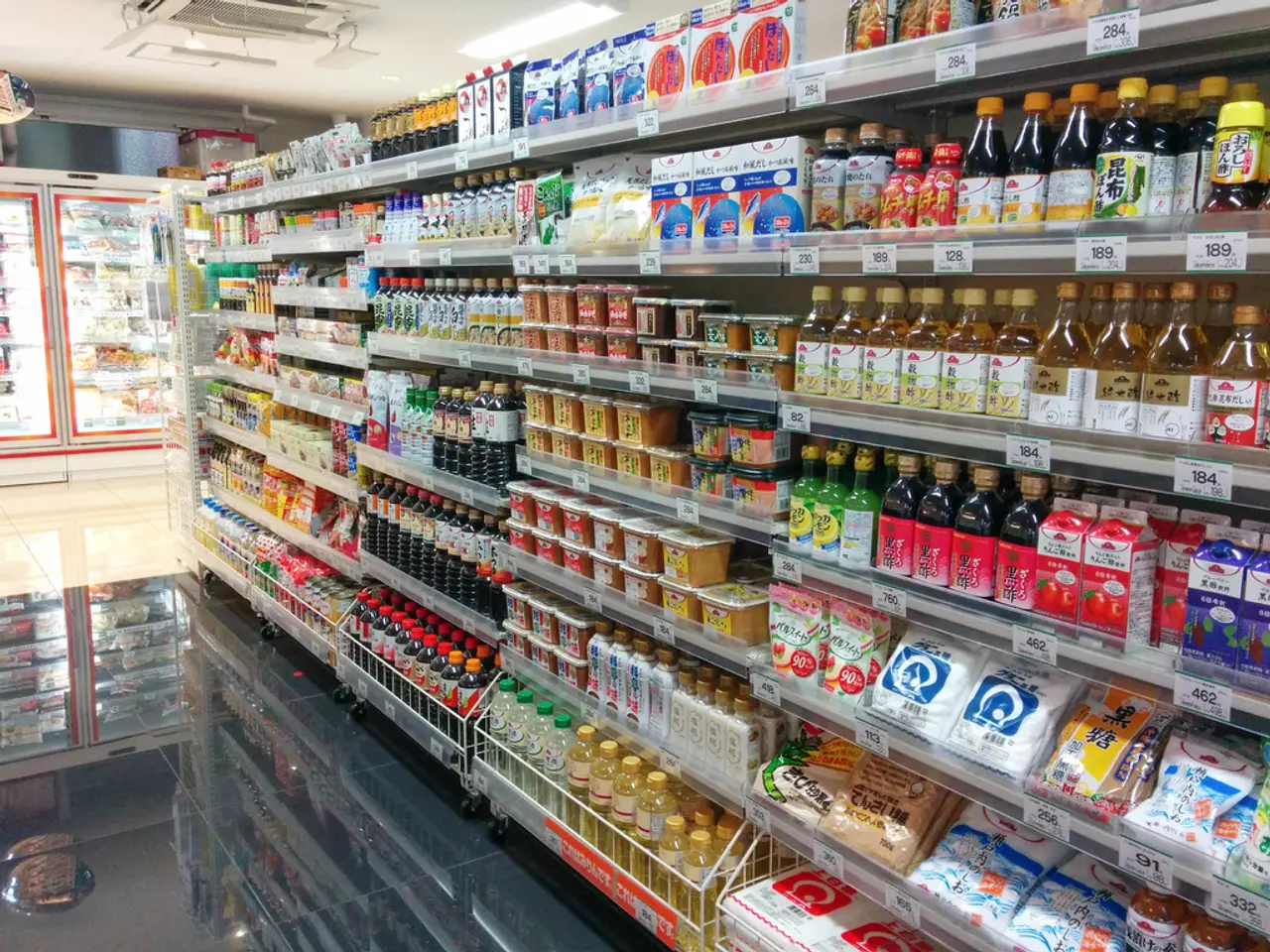Money Movement: Increased Trend of Savers Transferring Funds from Large Banks
In recent times, a significant change has been observed in the way Americans manage their savings. More and more households are moving their cash into higher-yield accounts, such as money market funds, brokerage accounts, and online savings platforms. This shift, driven by rising interest rates and economic uncertainty, aims to rebuild financial control and increase returns on savings.
One of the key reasons behind this trend is the higher interest rates. Many high-yield savings accounts currently offer annual percentage yields (APYs) above 4%, making them substantially more profitable than traditional savings accounts.
Another factor contributing to this shift is a cultural shift towards aggressive saving habits, particularly among Millennials and Gen Z. This "revenge saving" trend involves reducing spending and focusing on saving aggressively to meet goals like homebuying or preparing for large purchases. Certificates of deposit (CDs) and high-yield savings accounts are often the preferred choices for these generations due to their safety and accessibility.
Inflation and economic pressures also play a significant role in this shift. With inflation persistently high and the Federal Reserve signaling no immediate rate cuts, savers find it advantageous to lock in better yields now and maintain a safer financial buffer amid economic uncertainty.
Younger adults are also taking more active steps to improve their finances, saving more, paying down debt, budgeting, and using automated savings tools. This financial health awareness further supports moving savings into higher-yield, accessible accounts.
Moving cash into investment income accounts can help preserve and potentially grow purchasing power in the future. This could be particularly beneficial for long-term plans such as growing retirement savings or ensuring financial stability. However, it's important to note that investment-based accounts like brokerage accounts or money market mutual funds are not FDIC insured, meaning you could lose money during a market downturn.
Cash reserves remain strong overall, but savers are becoming more strategic, transferring excess funds into accounts that can keep pace with inflation, even if it means taking on more risk. For instance, money market accounts and CDs are delivering returns north of 4% in some cases.
After years of financial uncertainty, Americans are becoming more intentional with how they manage money. If your current savings account is earning less than 1%, it's worth shopping around for more competitive rates with no monthly fees or minimums. This could lead to a significant improvement in earning potential.
According to the JPMorgan Chase Institute's latest Household Finance Pulse, cash held in higher-yield financial vehicles has been steadily increasing, even among lower-income earners. High-yield savings accounts (HYSAs) offered by online banks provide rates upward of 4%, significantly higher than most brick-and-mortar institutions.
In conclusion, the combination of better returns from higher interest rates, a cultural shift towards aggressive saving habits, and a desire for financial resilience in uncertain times explains why more Americans are choosing these higher-yield savings vehicles. It's a trend that's likely to continue as Americans strive to make their savings work harder for them in these challenging economic times.
References: [1] CNBC. (2021, March 16). Millennials are saving more than ever before, but it's not enough to meet their financial goals. Retrieved from https://www.cnbc.com/2021/03/16/millennials-are-saving-more-than-ever-before-but-its-not-enough-to-meet-their-financial-goals.html
[2] Forbes Advisor. (2021, April 19). How To Choose The Best High-Yield Savings Account For Your Needs. Retrieved from https://www.forbes.com/advisor/banking/high-yield-savings-accounts/
[3] The Ascent. (2021, April 21). Why more Americans are shifting their savings into higher-yield accounts. Retrieved from https://www.fool.com/the-ascent/banking/articles/why-more-americans-are-shifting-their-savings-into-higher-yield-accounts/
[4] The Balance. (2021, May 11). How to Improve Your Financial Health. Retrieved from https://www.thebalance.com/financial-health-tips-3068614
[5] Bankrate. (2021, May 11). Best high-yield savings accounts of May 2021. Retrieved from https://www.bankrate.com/banking/savings/best-high-yield-savings-accounts/
Investing in higher-yield accounts has become a popular strategy in personal-finance management, with many Americans moving their cash to boost returns and reestablish financial control. The cultural shift towards aggressive saving and the need for resilience in uncertain times, combined with higher interest rates, are driving this trend.
To maintain purchasing power and ensure financial stability, young adults are transferring excess funds into higher-yield, adaptable accounts like money market accounts, certificates of deposit, and high-yield savings accounts (HYSAs). These accounts not only keep pace with inflation but, in some cases, deliver returns above 4%.




